Aquarius – Kumbh
Aquarius, resembles the shape of a water pot, when stars in this constellation are imaginarily connected, as per Indian mythology.
Where should I see…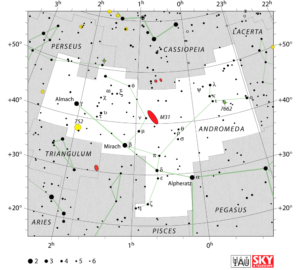
Capricornus, is the constellation towards west of Aquarius constellation. If you move your eyes towards east, you will see another constellation named Pisces and Cetus. In the North and South of Aquarius, you will find Equuleus and Piscis Austrinus constellation respectively. Aquarius is a Southern Hemisphere constellation that touches the celestial equator.
It covers up 980 square degree area of the sky. Area wise it is 10th largest constellation in the sky.
When and What can I see…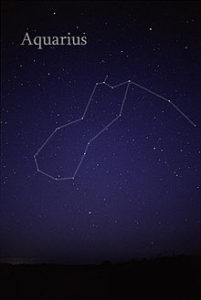 We can gaze at this water pot shape of Aquarius constellation from April to January as seen from India. It is on the zodiacal belt and hence is the 11th zodiac on the zodiac belt. Sun enters in this constellation from 21st January to 20th February.
We can gaze at this water pot shape of Aquarius constellation from April to January as seen from India. It is on the zodiacal belt and hence is the 11th zodiac on the zodiac belt. Sun enters in this constellation from 21st January to 20th February.
All you need is your eyes other than clear skies to see 169 stars of this constellations, as they are the one which are brighter than the limit of our eyes (i.e. 6.5 apparent magnitude). The brightest star of this constellation is Beta Aquarii.
Constellations are made up of single, binary (apparent and absolute), multiple and variable stars. Out of total 169 stars of different types, here is the list of 20 brightest stars as per their nature:
| Binary / Multiple Star system | Variable Stars | Binary / Multiple and Variable Stars | Single stars |
| Sadalsuud | Skat | Sadachbia | Albali |
| Sadelmelik | 4 | 1 | Ancha |
| 4 | – | – | 7 |
| 6 | 5 | 2 | 9 |
In Indian mythology, it is said that when Rishis and Philosophers first saw Kumbh  taramandal (Aquarius constellation), actually looked like a shape of a water pot. The Hindu mythological story associated with this constellation is about big sea waves.
taramandal (Aquarius constellation), actually looked like a shape of a water pot. The Hindu mythological story associated with this constellation is about big sea waves.
Deep Sky Objects…
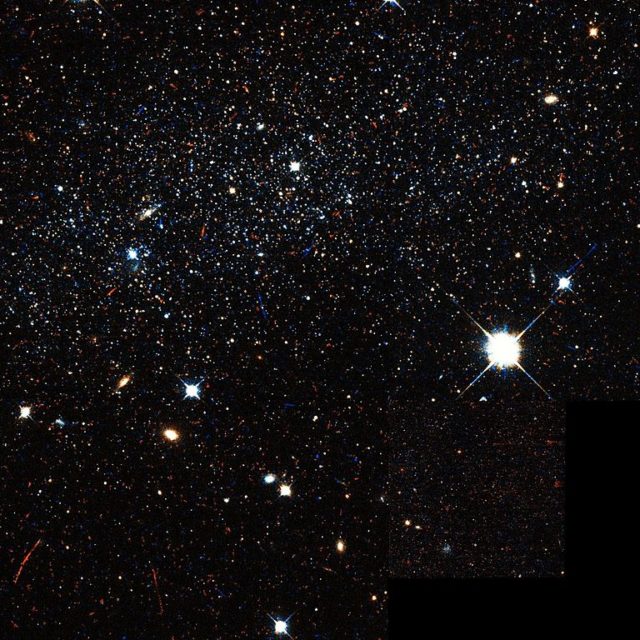 Aquarius Dwarf || Dwarf irregular galaxy
Aquarius Dwarf || Dwarf irregular galaxy
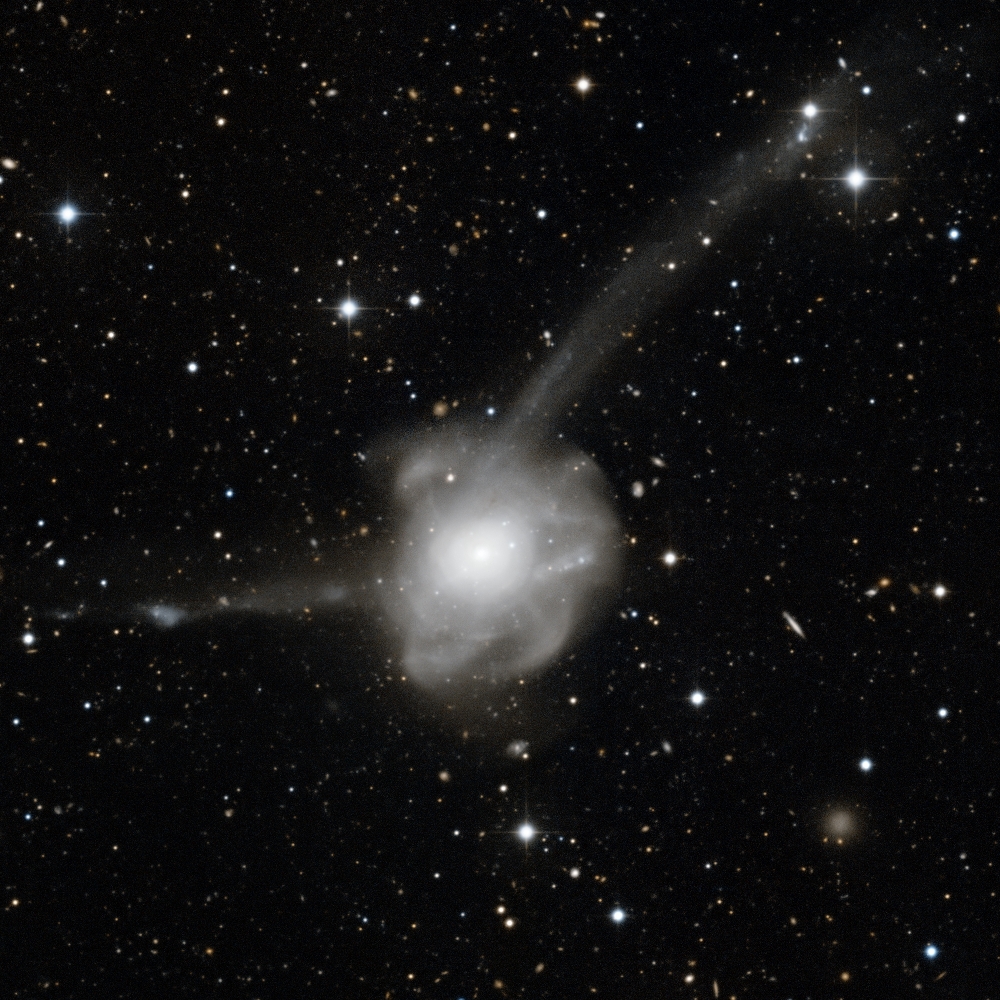 NGC 7525 || Atomd for Peace Galaxy || Result of 2 interacting galaxies
NGC 7525 || Atomd for Peace Galaxy || Result of 2 interacting galaxies
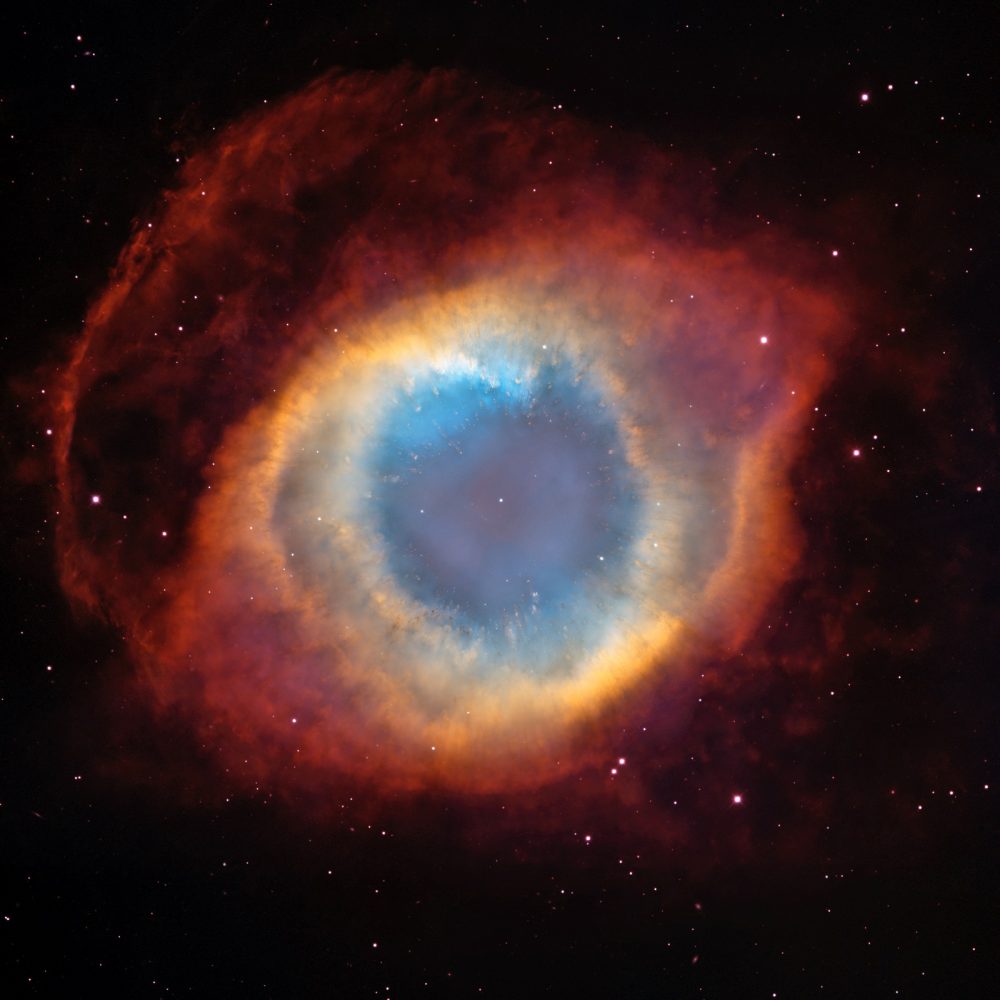 NGC 7293 || Helix Nebula || Planetary Nebula
NGC 7293 || Helix Nebula || Planetary NebulaAll the stars that we see naked eyes, all belong to our own, Milky way galaxy (Akash Ganga Tara Vishv). Bright stars can be seen naked eye and faint one through telescope. But the curtain of sky that we see in 2D is actually a huge universe we are talking about, with 3 dimension. There are many nebulous objects visible in every constellations. They differ widely by distances and nature. Like Emission Nebula, Reflecting Nebula, Absorption Nebula, Star Birth Nebula, Supernova Remnants (SNR) and Open Stars cluster which are within the disk of our own Milky Way galaxy. Globular cluster are also found, which are in the halo of our galaxy and some most distant objects like galaxies are also visible through telescope. Such objects are defined as “Deep Sky Objects”.
In this constellation there are 257 such different types of Deep Sky Objects observed. Out of this one is very interesting and; Helix Nebula visible through telescope. Below is the list of 20 brightest Deep Sky Objects are listed below.
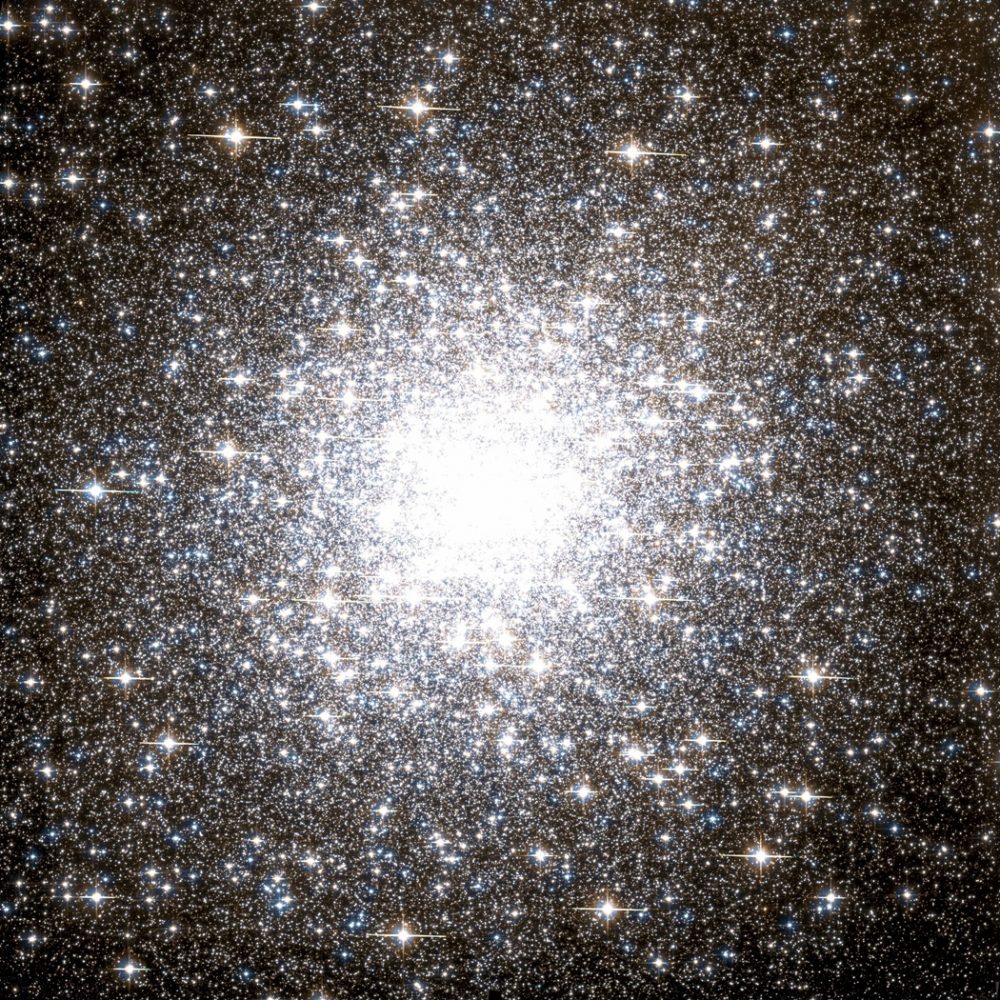 M2 or NGC 7089 || Globular cluster
M2 or NGC 7089 || Globular cluster
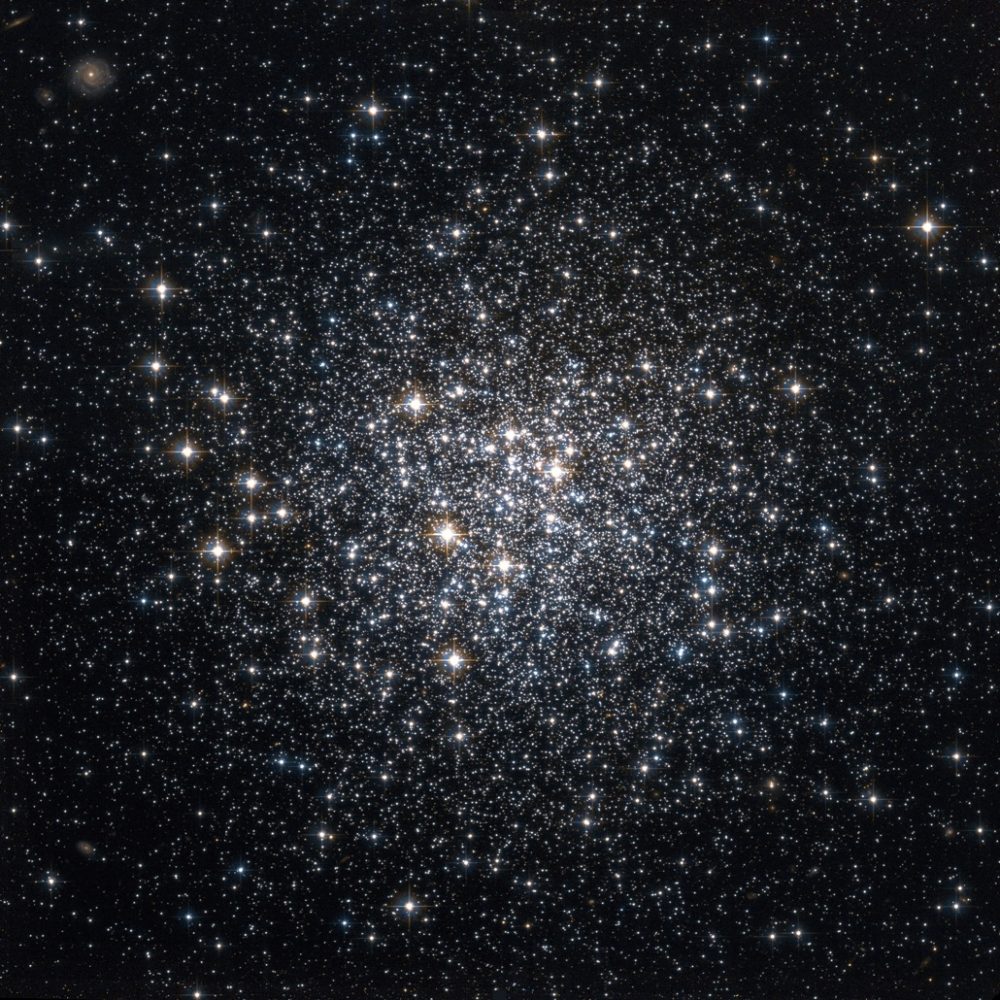 Messier 72 or NGC 6981 || Globular Cluster
Messier 72 or NGC 6981 || Globular Cluster
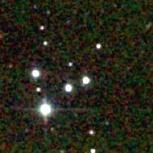 M73 or NGC 6994 || An asterism of 4 stars
M73 or NGC 6994 || An asterism of 4 stars| Galaxy | Open Cluster | Globular Cluster | Nebula | Supernova Remnant | ||
| Naked eye visibility | – | – | – | – | – | |
| Visible through Telescope | 14 | – | M2 | NGC 7293 (Helix Nebula) | – | |
| – | – | M72 | NGC 7009 (Saturn Nebula) | – | ||
| – | – | 1 | – | – | ||
| 14 | – | 3 | 2 | – |


